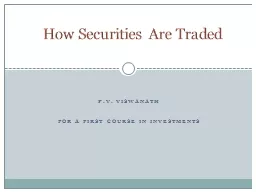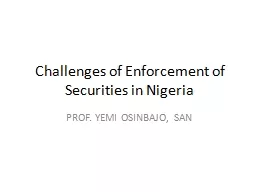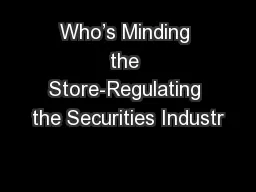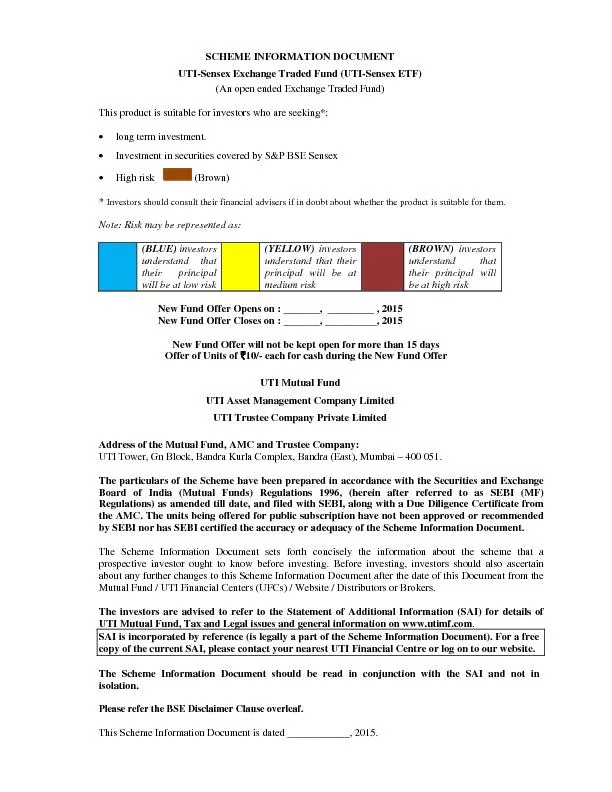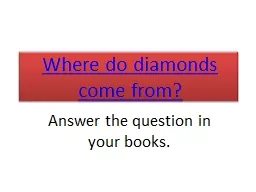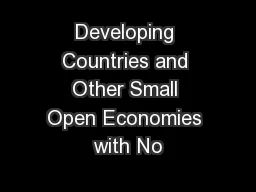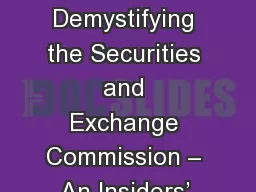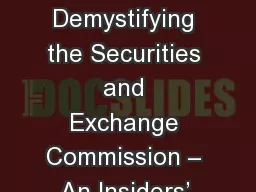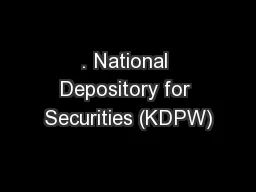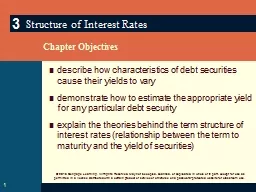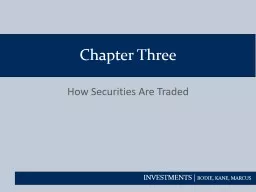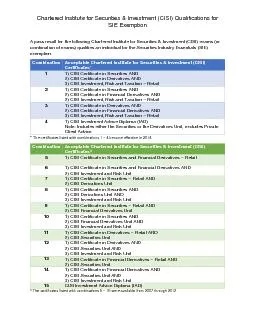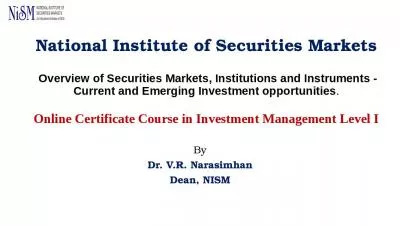PPT-How Securities Are Traded
Author : pasty-toler | Published Date : 2019-03-14
PV Viswanath For a First Course in INvestments Learning Goals 2 Understand primary market issue methods How do investment bankers assist in security issuance What
Presentation Embed Code
Download Presentation
Download Presentation The PPT/PDF document "How Securities Are Traded" is the property of its rightful owner. Permission is granted to download and print the materials on this website for personal, non-commercial use only, and to display it on your personal computer provided you do not modify the materials and that you retain all copyright notices contained in the materials. By downloading content from our website, you accept the terms of this agreement.
How Securities Are Traded: Transcript
Download Rules Of Document
"How Securities Are Traded"The content belongs to its owner. You may download and print it for personal use, without modification, and keep all copyright notices. By downloading, you agree to these terms.
Related Documents

